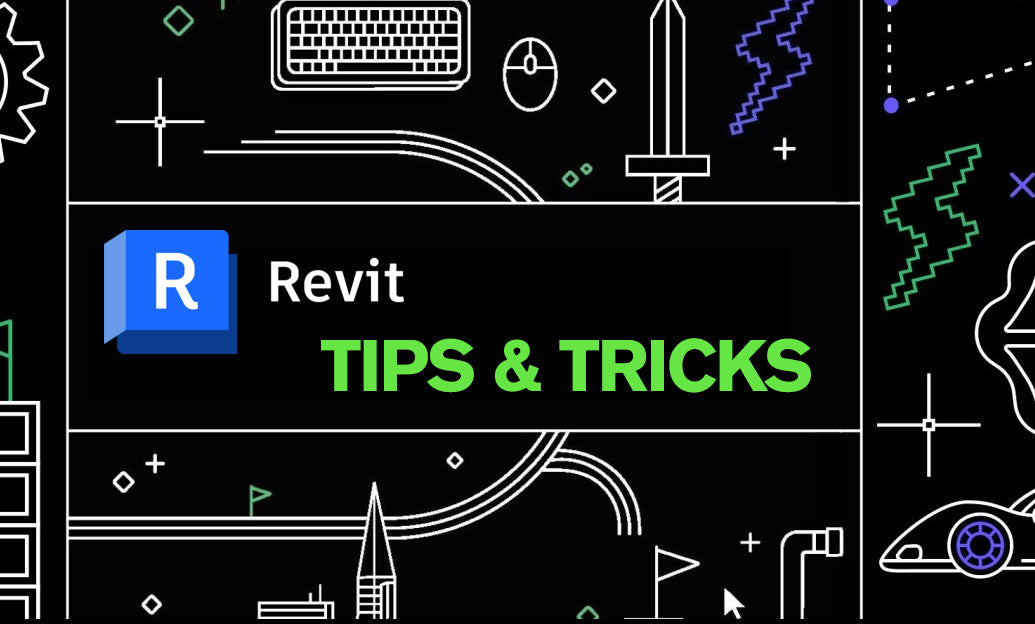Your Cart is Empty
Customer Testimonials
-
"Great customer service. The folks at Novedge were super helpful in navigating a somewhat complicated order including software upgrades and serial numbers in various stages of inactivity. They were friendly and helpful throughout the process.."
Ruben Ruckmark
"Quick & very helpful. We have been using Novedge for years and are very happy with their quick service when we need to make a purchase and excellent support resolving any issues."
Will Woodson
"Scott is the best. He reminds me about subscriptions dates, guides me in the correct direction for updates. He always responds promptly to me. He is literally the reason I continue to work with Novedge and will do so in the future."
Edward Mchugh
"Calvin Lok is “the man”. After my purchase of Sketchup 2021, he called me and provided step-by-step instructions to ease me through difficulties I was having with the setup of my new software."
Mike Borzage
V-Ray Tip: Enhancing Realism in V-Ray Renders with Lifelike Wood Textures
December 01, 2024 2 min read

When it comes to rendering scenes with wood elements, achieving a realistic wood texture in V-Ray can significantly enhance the authenticity and aesthetic quality of your render. Here are some key tips to ensure your wood textures are as lifelike as possible:
- High-Quality Textures: Start by sourcing high-resolution wood textures. The detail in the texture will contribute to the realism of the final render. Websites like NOVEDGE offer a range of resources where you can find premium textures.
- Proper UV Mapping: Ensure your 3D model is properly UV-mapped. Poor UV mapping can lead to stretching and distortion of textures, which can break the realism of the wood material.
- Bump and Normal Maps: Utilize bump or normal maps to add depth to the wood grain. This will simulate the small ridges and grooves found in real wood surfaces.
- Reflection and Glossiness: Adjust the reflection and glossiness values to match the type of wood you are simulating. Polished wood will have a higher glossiness and reflection value compared to raw, matte wood.
- Diffuse Color Adjustments: Use the color correction tools within V-Ray to fine-tune the diffuse color of your wood texture. This can help in matching specific wood types or achieving the desired color tone in your scene.
- Subsurface Scattering: For certain types of wood, especially lighter woods, consider using subsurface scattering to simulate the way light interacts with the material beneath the surface.
- Variation and Imperfections: Introduce slight variations and imperfections to your wood texture to avoid repetitiveness. Real-world materials have natural inconsistencies, which can be mimicked by blending multiple textures or using procedural noise.
- AO and Edge Wear: Use ambient occlusion (AO) and edge wear to add realism. These can help simulate dirt and wear accumulation, which gives the wood a more lived-in look.
By applying these techniques, you can elevate the realism of wood textures in your V-Ray renders, making them more convincing and engaging. For more professional tips and resources, visit NOVEDGE.
You can find all the V-Ray products on the NOVEDGE web site at this page.
Also in Design News

Animating your first walk cycle - Part 3: Keyframing major upper body poses
February 05, 2025 1 min read
Read More
ZBrush Tip: Optimizing ZBrush and Maxwell Render Integration for Enhanced 3D Visualization
February 05, 2025 3 min read
Read More
Revit Tip: Creating Custom Plumbing Fixtures in Revit: Tips for Enhanced Functionality and Design
February 05, 2025 2 min read
Read MoreSubscribe
Sign up to get the latest on sales, new releases and more …


